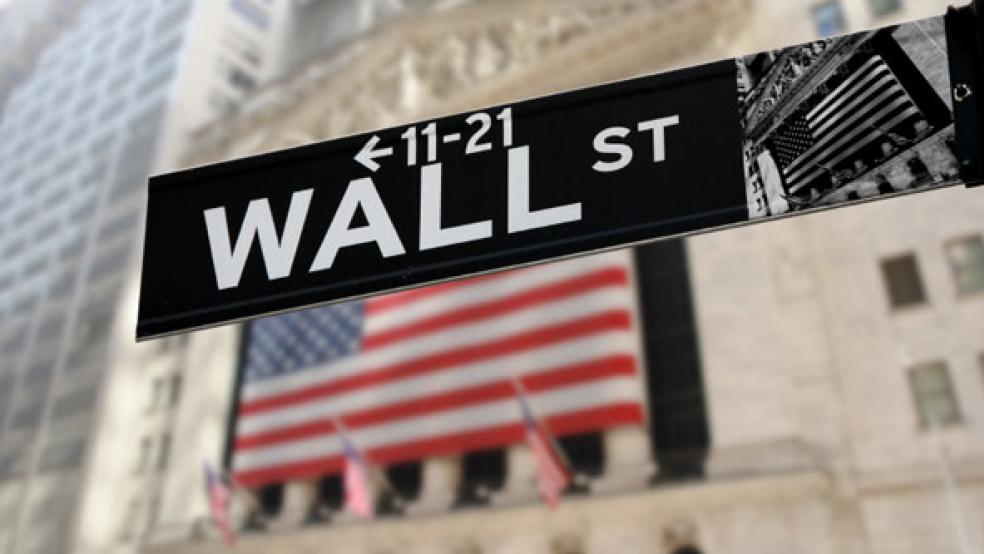The federal government’s watchdog agency reported Thursday that the $700 billion bailout of the financial industry that provoked a political firestorm across the country actually has cost taxpayers just $28 billion so far.
The Government Accountability Office’s annual audit reveals the extent to which the government has been able to recover the vast majority of the loans that it made to the nation’s banking sector. at the height of the financial crisis in 2008.
Passage of the Toxic Assets Relief Program was so controversial that it took Congress two votes to pass it on the eve of the 2008 election. Former Republican President George W. Bush and President Obama have been pilloried by the left and the right for aiding banks and other financial institutions that were facing collapse.
TARP has also become a favorite whipping boy for the GOP presidential candidates.
The GAO report found that TARP still has $122.4 billion in outstanding loans and investments, with nearly two-thirds of that invested in just two companies: insurer AIG ($51.1 billion) and General Motors ($37.3 billion). GAO estimated nearly half of that money will eventually be recovered.
“A good portion of that is in common stock, so a lot will depend on what happens in the market and the timing of when they exit those investments,” Gary Engel, director of financial management and assurance at GAO, told The Fiscal Times. “Their intent is to manage those investments in a way that gets the best return for the taxpayer and the government.”
The latest GAO audit reveals the extent to which the government has been able to unwind its positions in the nation’s banking sector. All of the major banks have repaid their TARP loans and capital infusions, which totaled about $470 billion at the peak of the program, despite the program’s original $700 billion price tag. There is still about $17.3 billion invested in smaller, community-based banks, where the audit estimated the government may eventually lose about $4.9 billion.
The last quarterly report of the special inspector general for TARP (SIGTARP) found there were still about 400 small and mid-sized banks in the program. Nearly half were not current in repaying their TARP loans and investments, which may account for the slow pace of small business lending in many communities. “Compared to larger banks, community banks may face an uphill battle to exit TARP,” the SIGTARP report said. “Community banks do not have the same access to capital as the larger banks [and] they are more exposed to distressed commercial real estate related assets and non-performing loans.”
Of the $28 billion in costs experienced by the program over the past three years, $9.5 billion came in the past year. Just $315 million of that was for administration. In addition to writing off $7.2 billion in losses last year, the Treasury’s Homeowners Assistance Mortgage Program or HAMP funneled about $1.9 billion to troubled homeowners either in foreclosure or on the verge of losing their homes.
However, that effort has cost far less than what was originally intended for the program. The inspector general’s report estimated there were nearly a million homeowners eligible for HAMP. Yet only 25,000 to 30,000 mortgages are being modified each month under the program, and at the current pace over 500,000 homeowners eligible for relief won’t get it before the program expires at the end of next year.





